Insiang
8.6 /10 1 Votes
93% Rotten Tomatoes Genre Drama Duration Language Tagalog / Filipino | 7.7/10 IMDb Director Lino Brocka Music director Minda Azarcon Country Philippines | |||||||||||||||||||||||||||||||||
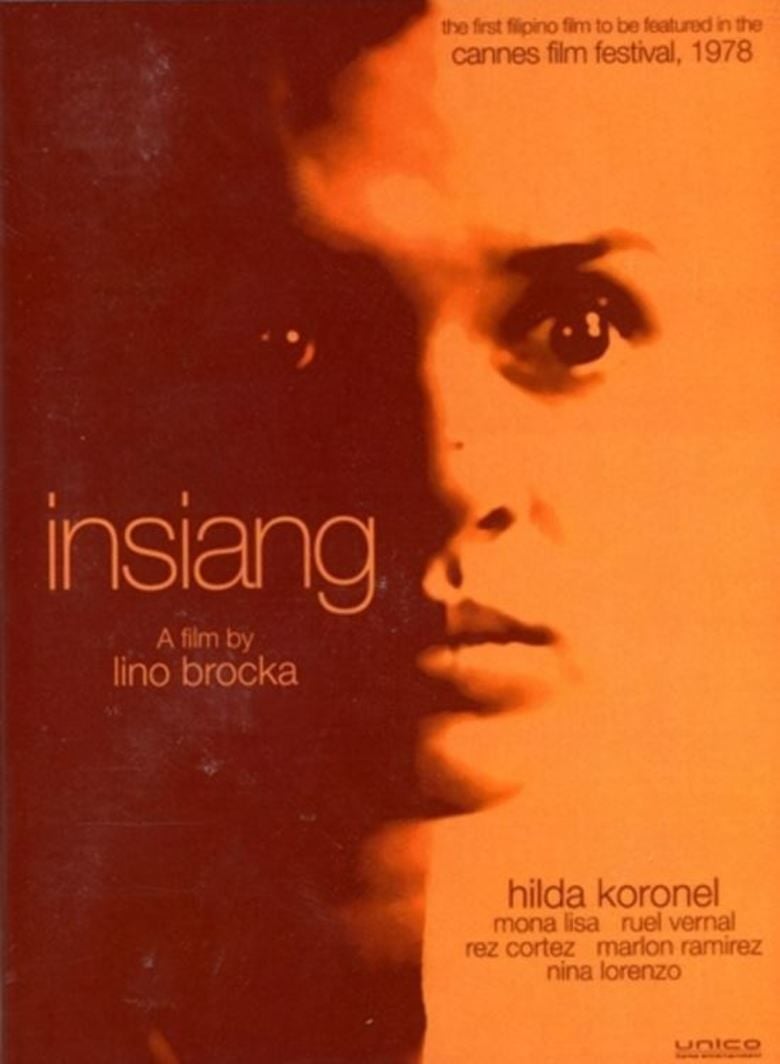 | ||||||||||||||||||||||||||||||||||
Release date 1976 (1976) Writer Mario OHara (story), Mario OHara (screenplay), Lamberto E. Antonio (screenplay) Initial release December 25, 1976 (Philippines) Screenplay Mario OHara, Lamberto Antonio Cast Hilda Koronel (Insiang), Mona Lisa (Tonya), Ruel Vernal (Dado), Rez Cortez (Bebot)Similar movies Fight for Us, Manila in the Claws of Light, Sa Kabila ng Lahat | ||||||||||||||||||||||||||||||||||
Insiang is a 1976 Philippine drama film directed by Lino Brocka. The screenplay, written by Mario O'Hara and Lamberto E. Antonio, is based on the teleplay of the same name created by O'Hara. Set in the slums of Tondo, Manila, the film stars Hilda Koronel as the eponymous character, the young daughter of a resentful mother (Mona Lisa) whose much-younger lover (Ruel Vernal) rapes her. Following her assault as well as the betrayal of her own lover (Rez Cortez), Insiang settles revenge. A representation of urban poverty, the film explores themes of betrayal, revenge, and despair.
Contents
- Plot
- Themes and analysis
- Production
- Initial release
- Later release and home media
- Reception and aftermath
- References

Insiang is the first Philippine film to be shown at the Cannes Film Festival, and to use Tondo as shooting location. The film received widespread praise from critics and is arguably one of Brocka's best to date. In 2015, the rights to the film were handed over to the Film Development Council of the Philippines by producer Ruby Tiong Tan, for the council's discussion with Martin Scorsese's The Film Foundation, a nonprofit organization dedicated to film preservation, about its restoration. The restored version was selected to be screened in the Cannes Classics section of the 2015 Cannes Film Festival, and played in various film festivals abroad.
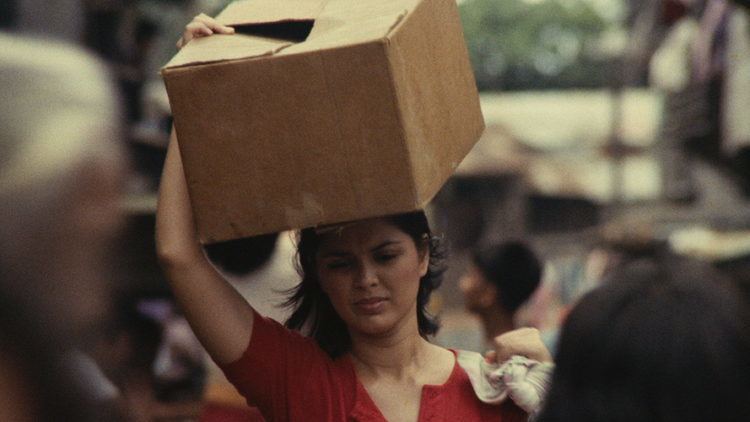
Plot
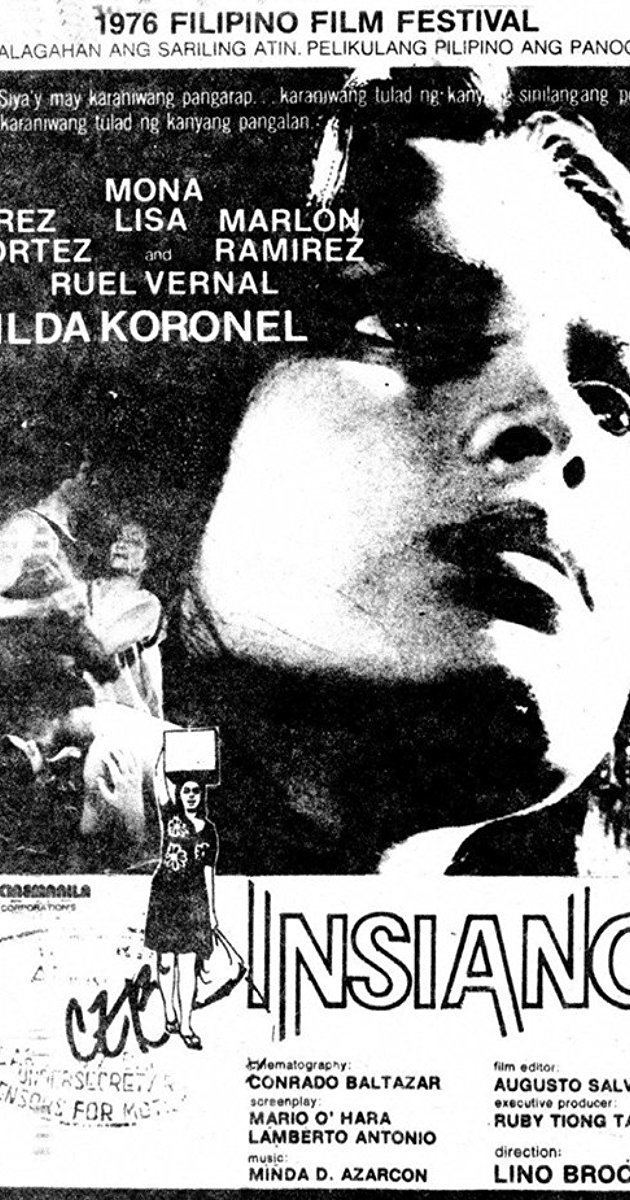
In the shanty town of Tondo, Manila, Insiang works as a laundry woman for their family's daily income. Her mother, Tonya, is a fish vendor at a palengke, whose husband left her and her daughter for another woman. Since then, Tonya has become cruel and domineering to Insiang, preventing her daughter from willfully pursuing relationships with men, even though she is romantically involved with Dado, a butcher who is many years her junior. One day, Tonya evicts her husband's in-laws from their home on account of being a burden; the next day, Dado moves in.

Insiang's car mechanic boyfriend, Bebot, sneaks into her house at midnight and asks her to have sex for missing out on their date. She rebuffs his advances and asks him to leave immediately, at which point Dado spots them from his bedroom, unbeknownst to them. Tonya finds out about the affair and rebukes Insiang by slapping her repeatedly. Dado meets with Bebot and warns him not to go near Insiang again, explaining that both she and Tonya are under his supervision. After learning from Bebot about Dado's threat, Insiang confronts Dado for meddling in their relationship. When Dado explains that Bebot has had many women before and his threat to him is only intended for her security, she disagrees. That night, Dado knocks Insiang unconscious and carries her body elsewhere.
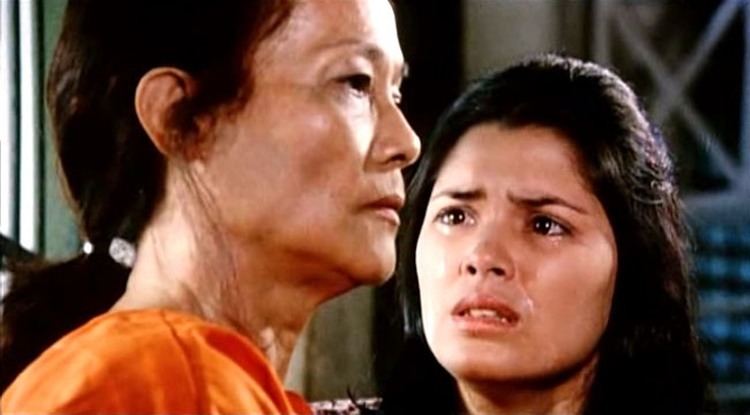
Tonya finds Insiang crying in pain the next morning, and finds out that her daughter has been raped by Dado. When he returns home, Tonya furiously hurls objects at Dado and tries to evict him from the house. Dado admits raping Insiang, but manipulates Tonya into believing that her daughter tried to seduce him by bathing naked and lying nude in his presence. Tonya suddenly blames Insiang for the assault, equating her to her philandering father. Overwhelmed by her mother's rejection, she asks Bebot to elope with her if he really loves her. They check in at a cheap motel situated in Binondo. In their room, Insiang begs him never to leave her, to which Bebot agrees faithfully; they have sex. The following day, Insiang is left alone in her bed not knowing where Bebot went.

Insiang goes back home and is forgiven by Tonya, on the condition that she will agree to start working with her at the market to prevent her from seducing Dado again. One night, Dado sneaks into Insiang's bedroom to tell her that he has been attracted to her all along, and that his relationship with Tonya is the only way he can be near her. Instead of sleeping with Tonya the following night, Dado goes to Insiang's bedroom and they have sex. Insiang finds Bebot the following day, acting cold and distant. As they have sex that night, Insiang tells Dado she wants revenge.
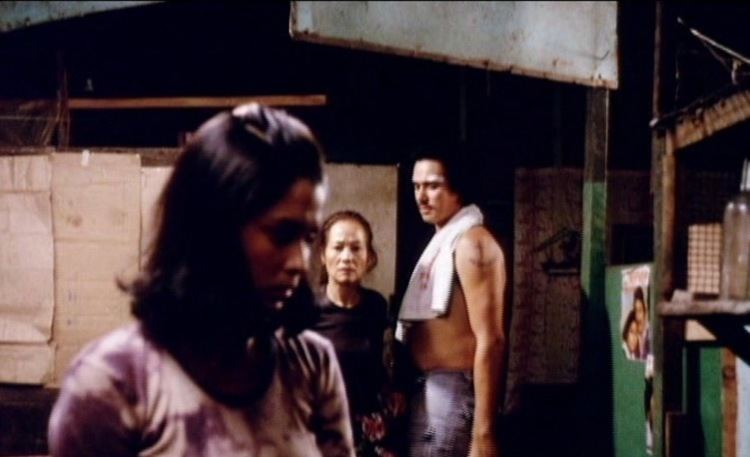
Dado and his gang fight Bebot at a dumpsite the following day. Insiang learns from Tonya that Bebot has been beaten by thugs and is badly injured. In the days that follow, the relationship between Insiang and Dado grows. One day Tonya becomes jealous and is hurt to find out that it is her daughter whom Dado has been attracted to all along. When Dado returns home, Tonya stabs him multiple times while Insiang watches showing no evidence of shock or pity as he lays dead. Sometime later, Insiang visits Tonya, who is incarcerated at a local penitentiary. Although uninterested in meeting her, Tonya tells Insiang that she had no qualms about murdering Dado and that she did it so they could not be together. But Insiang tells her that she was actually repulsed and never in love with Dado, and only used her as an accessory to kill him. When Tonya learns this, she says that she must be happy now that she had her revenge. However, Insiang momentarily breaks into tears and hugs Tonya, yearning for her affection, to which Tonya responds coldly. Embittered by her mother's rejection, she leaves Tonya. Wracked with guilt, Tonya also breaks into tears and watches Insiang from the window grill as she walks away from the place.
Themes and analysis
The themes of Insiang have been recognized as betrayal, revenge, and despair. According to director Lino Brocka, "The film is basically a character study of a young girl growing up in the slums. I wanted to show the violence of the overcrowded neighborhoods; the loss of human dignity caused by the social environment and the ensuing need for change." The film has been associated with the rape and revenge subgenre. Don Jaucian of CNN Philippines opines that the film's opening scenes where pigs get butchered in a slaughterhouse was "a thinly veiled depiction of the plight of the Filipinos under the Martial Law regime". Manohla Dargis of The New York Times and Nick Schager of Slant Magazine associate the slaughterhouse scene with the prevalent poverty in the Philippines.
Production
Insiang was originally an episode in the Philippine television drama series Hilda aired in 1974, with the 17-year-old Hilda Koronel as its leading actress. The screenplay by Mario O'Hara was inspired by a true story of a family he once knew. Producer Ruby Tiong Tan, who was a stockbroker at the time, was approached by Lino Brocka to pitch the film by bringing O'Hara's script with him. "That was the first time I met him. I found him to be sincere, professional, convincing; he had a fire in his eyes as he spoke. That impressed me. I couldn't turn him down. At the end of that meeting, I told him 'yes, let's do the film'", said Tiong Tan. Two days later, filming commenced and took 21 days, shot on location in Tondo, Manila. Policemen were on standby during the shoot to prevent the crew from being heckled by gangsters since the slums of Tondo had been known as a place where organized crimes are prominent. The creators had to finish the shoot quickly so they could be granted entry to the first Metro Manila Film Festival.
Initial release
The initial release of Insiang in the Philippines was halted during the regime of President Ferdinand Marcos in 1976. Marcos's wife, Imelda Marcos, was critical of the film, saying that it barely depicted a "beautiful view" of the Philippines. Accordingly, the film became a target of censorship by governing bodies for the same reason. Religious officials and public viewers alike protested, which obliged the censors to lift the ban and allow the film to be released for public consumption. Upon its Philippine showing, the film was commercially unsuccessful at the box office, bringing Brocka's production company, CineManila Corporation, into bankruptcy. The film was an official entry to the 1975 Metro Manila Film Festival, and won all of its four categories—Best Actress (Koronel), Best Supporting Actor (Vernal), Best Supporting Actress (Lisa), and Best Cinematography (Conrado Baltazar).
The same year, producer Ruby Tiong Tan was contacted by the Cannes Film Festival's artistic adviser Pierre Rissiant, informing her that the film had been selected as Best Foreign Film entry. Tiong Tan, along with the film's lead figures, Koronel and Brocka, traveled to France to compete. She reportedly smuggled the film rolls in her luggage to prevent customs officers from confiscating them. She had managed to add English subtitles beforehand. At the 1978 Cannes gathering, the film premiered during the festival's Directors' Fortnight section to critical acclaim, and went on to become the first Philippine film shown at Cannes. Koronel's performance earned her an appearance on the cover of the French daily Le Monde. In the United States, the film was not as well received at its premiere.
Later release and home media
In 2015, Insiang was digitally restored in a joint effort between the World Cinema Project (owned by director Martin Scorsese), L'Immagine Ritrovata, and Film Development Council of the Philippines (FDCP). The rights for the film preservation were turned over by producer Ruby Tiong Tan to the FDCP. The three entities were also involved in the restoration of Manila in the Claws of Light (Maynila, sa mga Kuko ng Liwanag) in 2013, another film directed by Brocka in 1974. It was shown as part of the Cannes Classics section at the 2015 Cannes Film Festival on May 16. That same year, it was also screened at the New York Film Festival on September 28, hosted by the Film Society of Lincoln Center; and at the Museum of Modern Art (MoMA), between October 28 to November 3. In 2016, the restored version was screened at the Toronto International Film Festival (TIFF) on April 9, along with other preserved films such as The Manchurian Candidate (1962), and Bunny Lake Is Missing (1965).
In 2017, the British Film Institute exclusively released the restored version in the United Kingdom through a boxed set entitled "Two Films by Lino Brocka", which includes two DVDs and two Blu-ray discs (one for each film) of Manila in the Claws of Light and Insiang. Both transfers of the Insiang disc featured Signed: Lino Brocka, a documentary directed by Christian Blackwood in 1987, providing an in-depth look inside Brocka's life and career. In addition, Insiang joined The Criterion Collection, as part of Scorsese's World Cinema Project No. 2.
Reception and aftermath
Insiang was released to positive reception from both foreign and local critics, and is often regarded as one of Lino Brocka's best films; some consider it his masterpiece. Richard Brody of The New Yorker called it an "intense, furious melodrama", that "fuses its narrative energy with documentary veracity". Manohla Dargis of The New York Times said, "Throughout, Mr. Brocka, working with his excellent director of photography, Conrado Baltazar, creates images of startling power, like that of bloody hands clutching in the void." Nick Schager of Slant Magazine gave a score of 3.5/4, saying: "Brocka's portrait of familial treachery and societal abandonment channels its melodrama through the filter of neorealism, its story's heightened emotions kept at a simmer by an aesthetic at once verité-blunt and yet shrewdly, meticulously composed." José B. Capino of Film Comment said, "Insiang demonstrates that Brocka's handling of melodrama is nothing short of virtuoso and that the trappings of documentary, neorealism, and Third World exotica only obscure more fundamental affinities to the Hollywood pictures that Brocka saw as a youth in the former American colony and regarded as a formative influence on his cinematic sensibility." On the other hand, Michael Joshua Rowin of Reverse Shot (a publication of Museum of the Moving Image) was critical of its distinction as a masterpiece and said, "Insiang is all skeleton and little flesh: the actors trudge in front of the camera, woodenly recite the purely functional lines from Lamberto E. Antonio and Maria O'Hara's screenplay, and wait for Brocka to provide some sort of commentary. None arrives."
O'Hara adapted the script into a play for the Tanghalang Pilipino (Philippine Theater) in 2004. The Philippine Star included Insiang at number seven on their 25 Most Memorable Films list in 2011.
References
Insiang WikipediaInsiang IMDbInsiang Rotten TomatoesInsiang themoviedb.org
